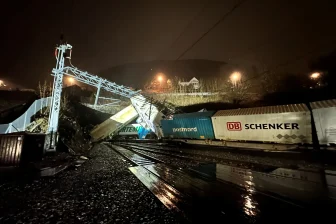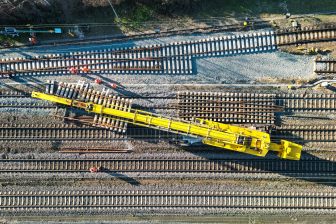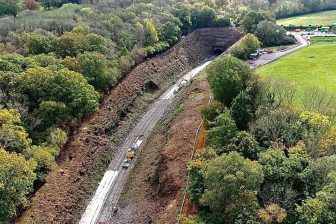
‘Every railway manager balances between maintenance and uninterrupted train traffic’
source: RFI
Carrying out preventive maintenance on time or disrupt train traffic as little as possible? “Should you ensure that train traffic can continue now or should you stop it now so that it can continue in the long term? When is the right moment?” It is the daily struggle of every rail manager, which Marco Gallini of Italian railway manager RFI talked about at the Rail Safety Days in Porto.
Want to read more?
You have read all of your free premium articles for this month. Please become a subscriber to keep reading.
Subscribe now!
Take advantage of our exclusive offer to get full access to all premium content.



